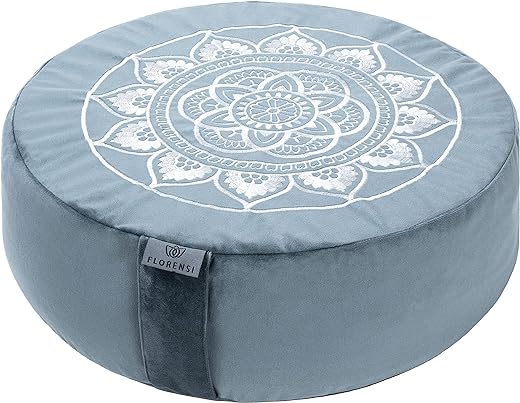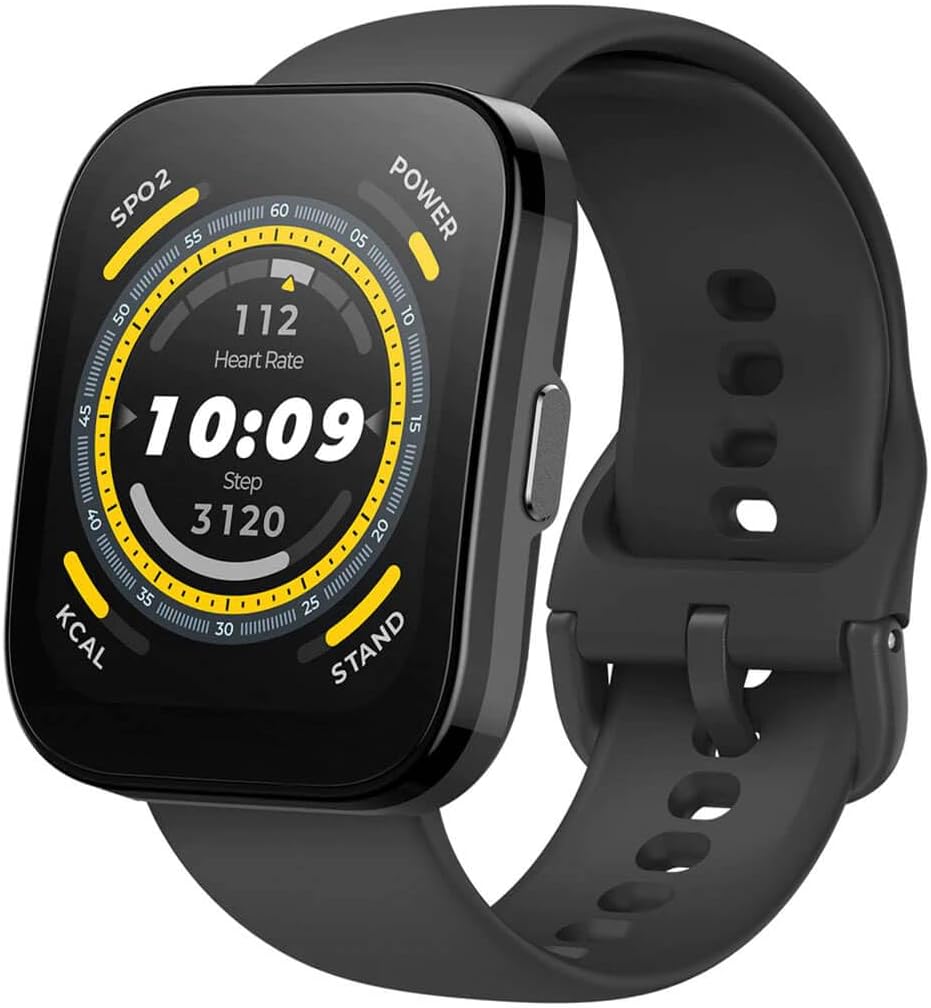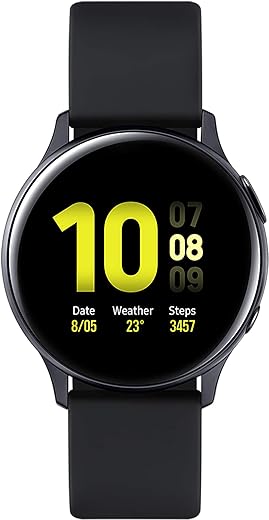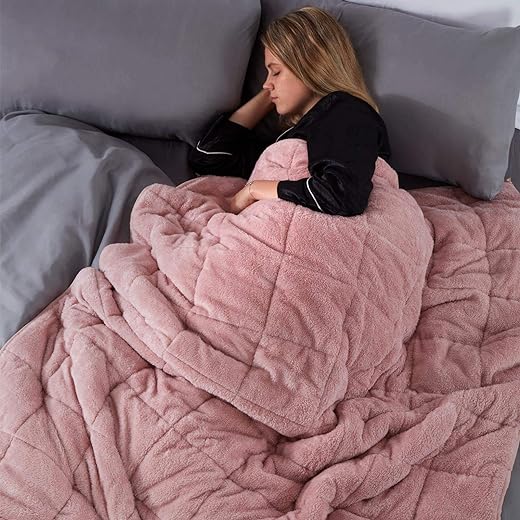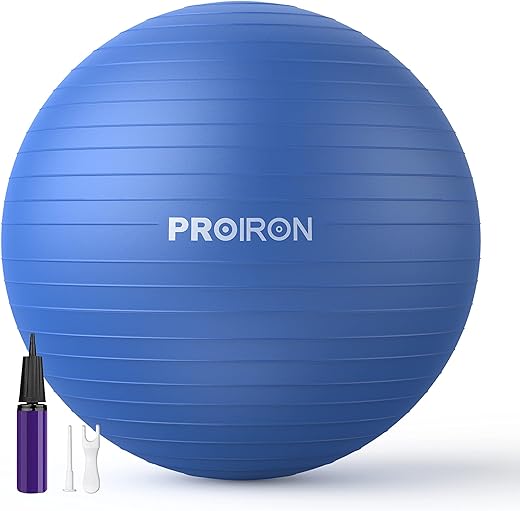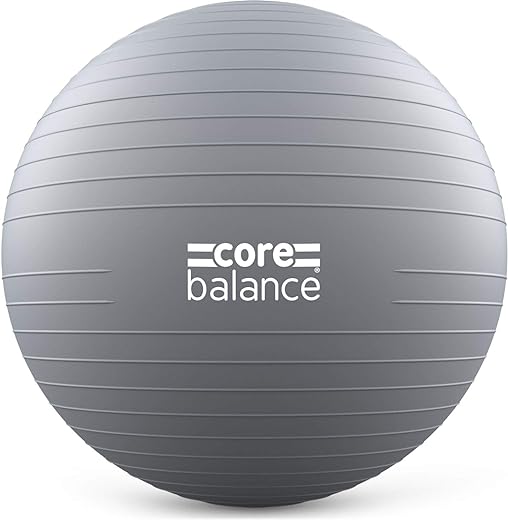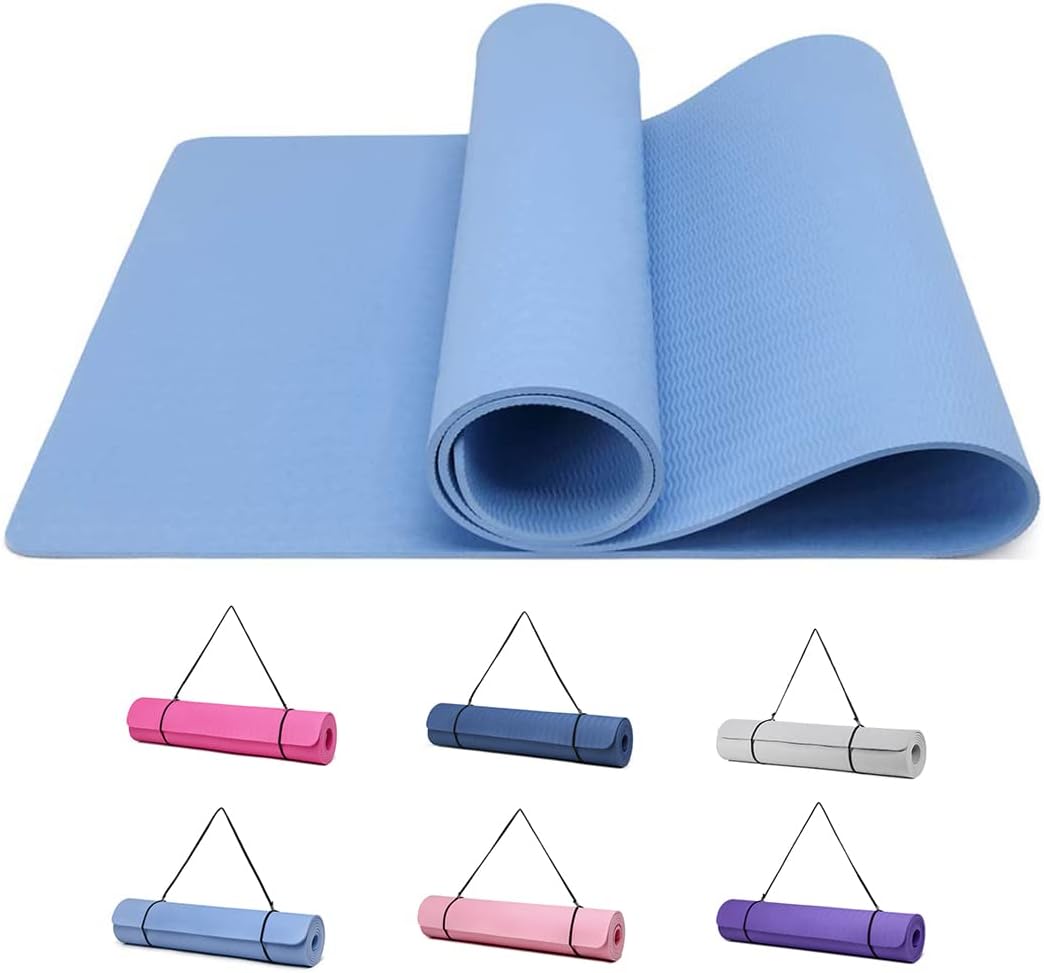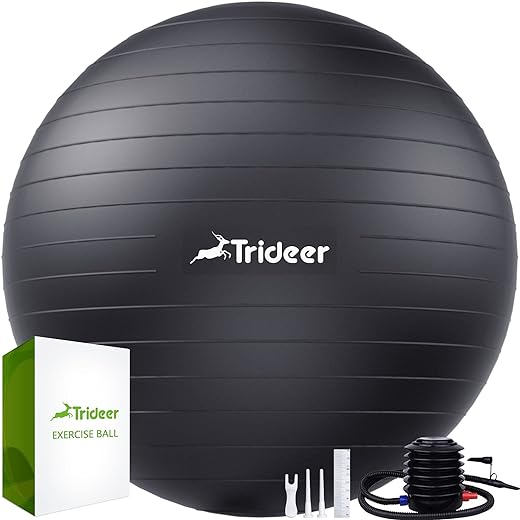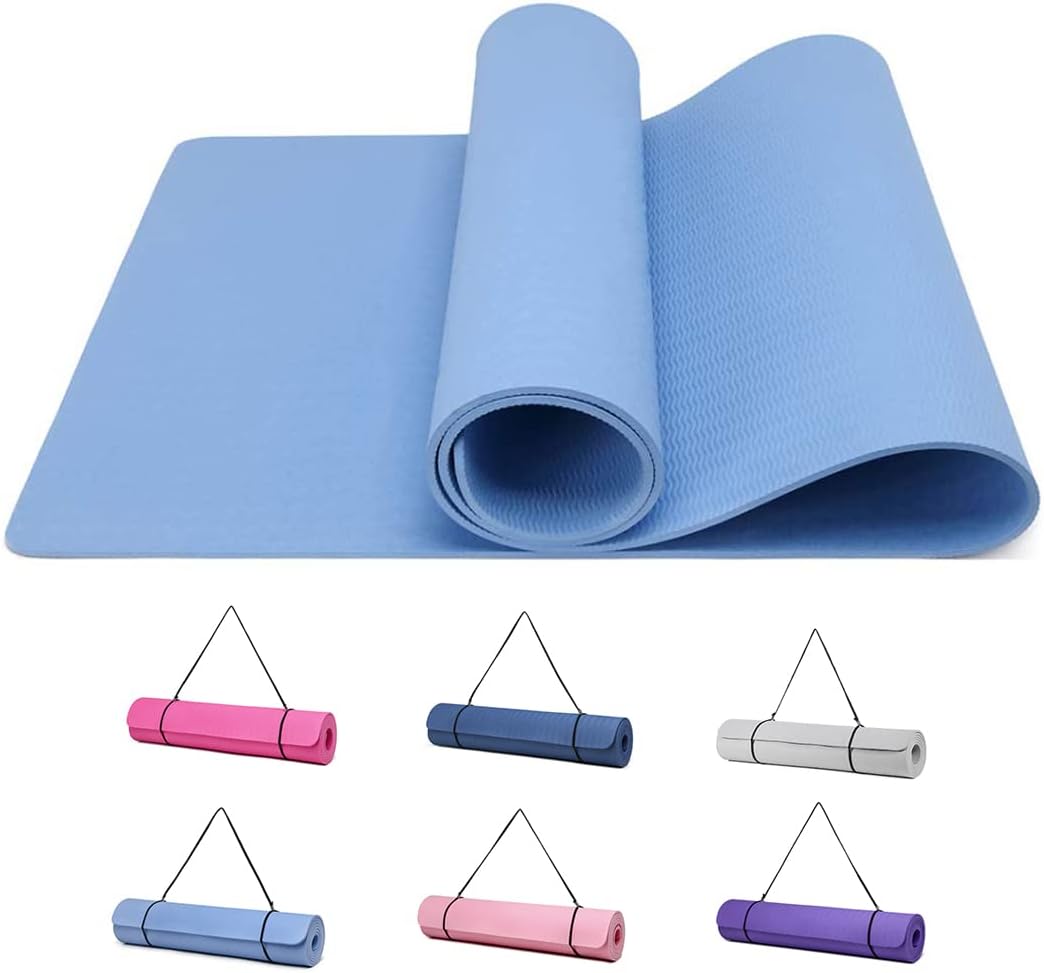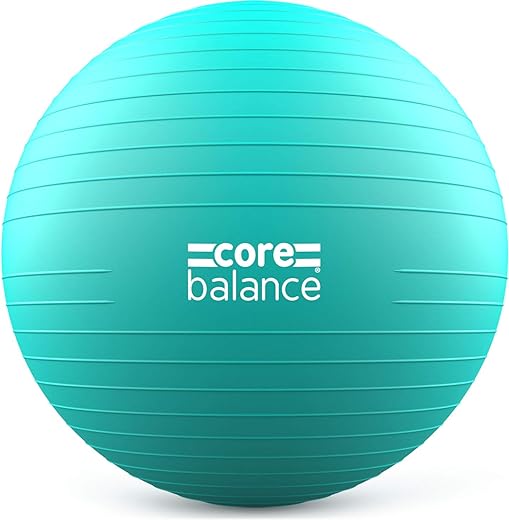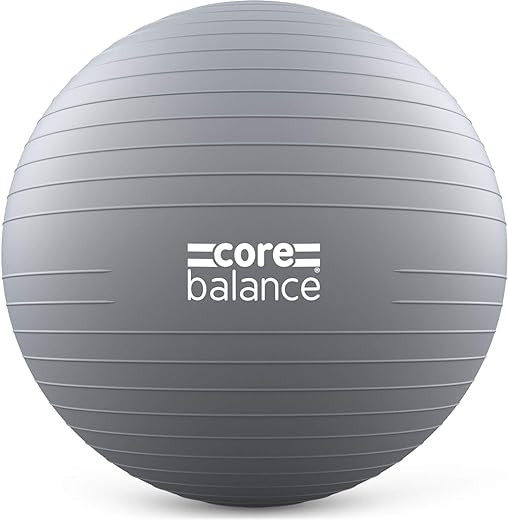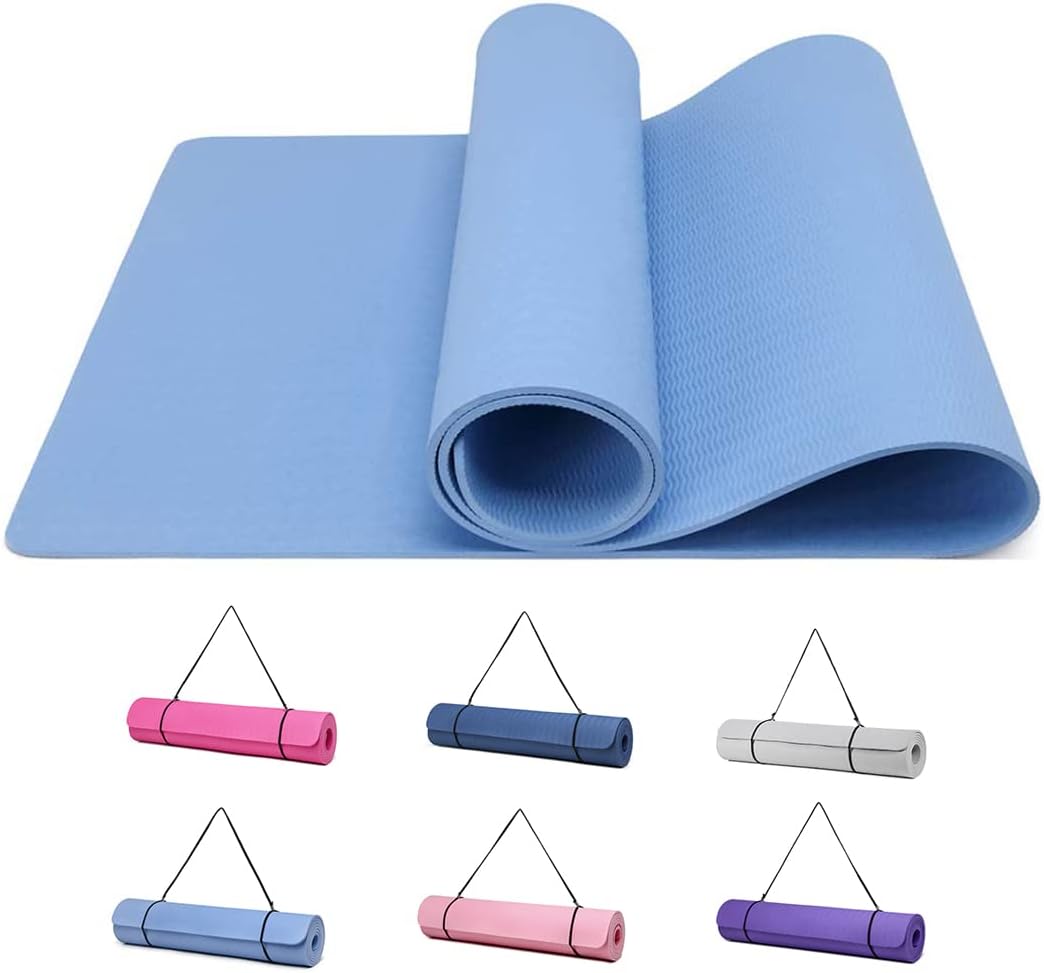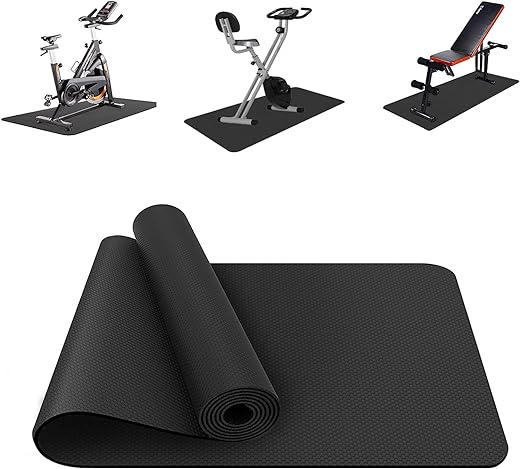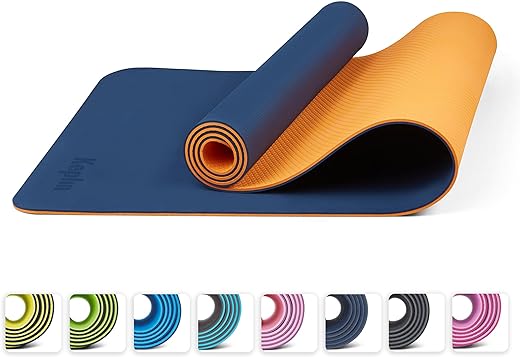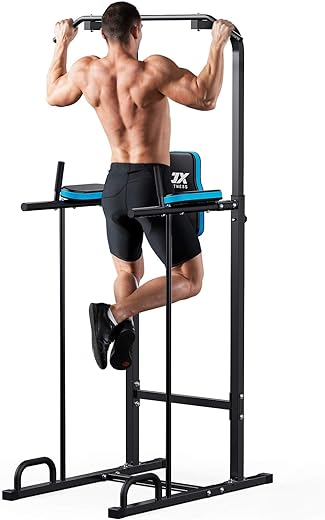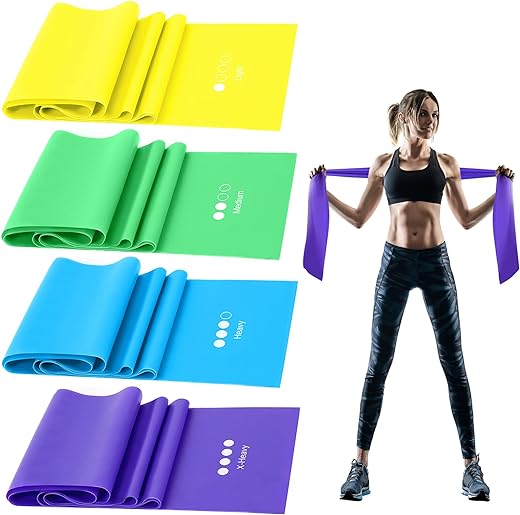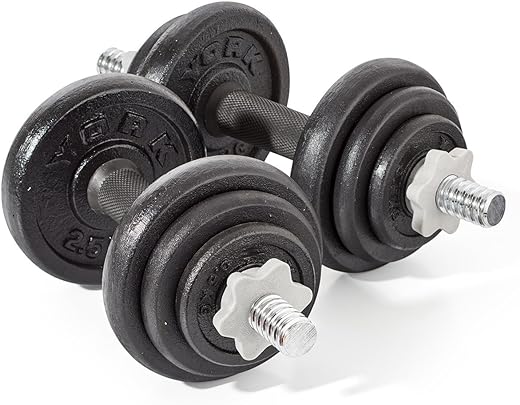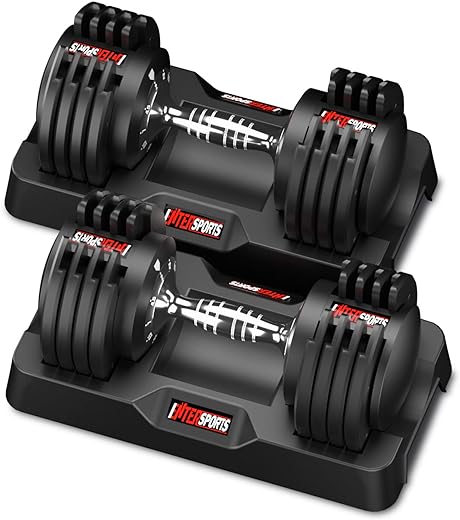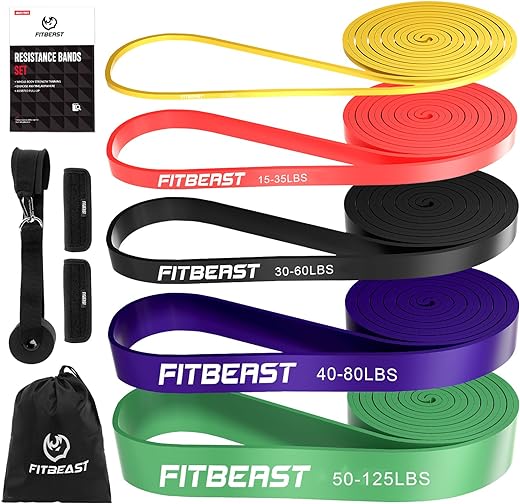This step-by-step guide provides instructions on using resistance bands for floor exercises to boost your workouts. It covers how to properly set up the bands, different techniques for incorporating them into exercises, and tips for maximizing their benefits. By following this guide, you can effectively utilize resistance bands to elevate your fitness routine.
Select the Right Resistance Band
Select a resistance band that offers enough challenge without compromising proper form during exercises. Begin by assessing your current strength level to determine the suitable resistance. Choose a band that allows you to perform 8-12 repetitions with moderate difficulty for muscle building. For toning and endurance, opt for a band that enables you to complete 12-15 repetitions comfortably.
Avoid bands that feel too easy as they may not provide sufficient resistance to progress effectively. Conversely, bands that are too difficult can lead to improper execution and potential injury. Gradually increase resistance as you build strength to continue challenging your muscles. Remember, selecting the right resistance band ensures optimal progress towards achieving your fitness goals without risking injury.
Secure the Band
Step 1: Position the resistance band under the arches of your feet for exercises like bicep curls or shoulder presses. Ensure the band is flat and snug against the soles of your shoes to prevent slipping during the workout. For leg exercises such as squats or lunges, loop the band around your thighs or just above your knees to create resistance as you perform the movements.
Step 2: Adjust the position of the band to ensure it is secure and not twisted. Proper placement is crucial to maximize the effectiveness of the resistance band workout and avoid any potential injuries. Remember to maintain tension in the band throughout the exercise to engage your muscles fully.
Maintain Proper Form
Ensure that your body alignment is correct throughout the exercise to maximize the effectiveness and prevent injuries. Start by positioning your body in a straight line from head to toe. Engage your core muscles to support your spine, and keep your shoulders relaxed. Adjust your stance as needed to maintain proper alignment, ensuring that your hips, knees, and ankles are in line with each other.
Focus on keeping your back straight and avoiding rounding or arching during movements. Keep a neutral spine position by tucking your tailbone slightly under and keeping your chest lifted. Be mindful of your posture at all times, whether sitting, standing, or moving. This attention to alignment will help distribute the workload evenly and reduce the risk of strain on any one muscle group.
Engage Muscles
Focus on engaging the targeted muscles throughout your resistance band workout to maximize effectiveness. Start by standing with your feet hip-width apart and holding the resistance band handles at chest level. Begin a bicep curl by bending your elbows and bringing your hands toward your shoulders, ensuring you feel the resistance in your biceps as you lower and lift the band. Maintain tension in the band throughout the movement to fully engage your biceps and get the most out of each repetition.
Move on to a squat with the resistance band. Place the band under your feet and hold the handles at shoulder height. Perform a squat by bending your knees, pushing your hips back, and lowering your body down while keeping your chest up. As you rise back up, press through your heels and squeeze your glutes at the top of the movement. Focus on pushing against the resistance band as you squat to engage your quadriceps, hamstrings, and glutes effectively. By concentrating on engaging these targeted muscles, you’ll ensure a more challenging and beneficial workout with the resistance band.
Control the Band Resistance
- Adjust band resistance: Control the resistance band’s tension by either moving your grip closer to or farther from the center of the band. Bringing your hands closer together increases tension, while widening your grip reduces tension. Experiment with different grip positions to find the ideal level of resistance for your workout.
- Control movement pace: Vary the speed of your movements while using the resistance band to challenge your muscles. Perform slow, controlled movements to increase time under tension and enhance muscle engagement. Alternatively, try incorporating quick, explosive movements to work on power and agility. Adjust the pace of your exercises based on your fitness goals and the specific muscle groups you want to target.
Wrapping Up the Workout
Utilizing resistance bands in your floor exercises can enhance the effectiveness and diversity of your workouts. By selecting the appropriate band, focusing on proper form, activating your muscles effectively, and managing resistance, you can maximize the benefits of your routine.
Needed Equipment List
Maximize Your Workouts
Floor Exercises 101
- Start with a gentle warm-up to prepare your body for the exercises
- Begin with basic floor exercises such as crunches, leg lifts, and planks to target different muscle groups
- Focus on maintaining good form and slow, controlled movements to avoid injury
- Progress gradually by increasing the number of repetitions or trying more challenging variations as you become more comfortable with the exercises
- Always listen to your body and stop if you experience any pain or discomfort
Get the Lowdown on Floor Workouts
Yes, floor exercises are generally considered suitable for beginners. Since floor exercises often involve bodyweight movements and can be modified to fit different fitness levels, they are a popular choice for those new to exercise. Starting with simple exercises such as planks, lunges, or bodyweight squats can help build a foundation of strength and flexibility for beginners. It is important for beginners to focus on proper form and gradually increase intensity as they progress to prevent injury and maximize the benefits of the exercises. Consulting with a fitness professional can also provide guidance on the best floor exercises for beginners based on individual goals and fitness levels.
Some examples of advanced floor exercises include burpees, mountain climbers, plank variations (side plank, plank with leg lifts), Russian twists, bicycle crunches, and plyometric push-ups. These exercises involve higher levels of strength, balance, and coordination compared to basic floor exercises like sit-ups or lunges. It is important to have a solid foundation of fitness before attempting these advanced exercises to avoid injury.
For floor exercises, you typically need minimal equipment. The essential equipment includes a non-slip workout mat to provide cushioning and stability during movements like stretches, planks, and core exercises. Additionally, optional equipment might include resistance bands, yoga blocks, or sliders to add variety and challenge to your floor workout routine. Remember to wear comfortable athletic attire and appropriate footwear if needed to ensure safety and enhance your performance.
Some common mistakes to avoid when doing floor exercises include using improper form, not engaging the core muscles, holding your breath, and overexerting yourself. It’s important to focus on proper technique, breathe consistently throughout the exercises, and listen to your body to prevent injury and get the most out of your workout.
Yes, floor exercises can help with weight loss when combined with a healthy diet and overall physical activity. Exercises like push-ups, planks, squats, and crunches can help build muscle, increase metabolism, and burn calories, contributing to weight loss. It is important to engage in a variety of exercises targeting different muscle groups for overall fitness and weight management. Consulting with a fitness professional can help you create a well-rounded workout routine to support your weight loss goals.
Floor exercises can improve flexibility and range of motion by allowing for a full range of movement in different positions. When performing floor exercises, the body is often positioned in various poses that stretch and lengthen muscles and tendons. This helps to increase flexibility by gradually elongating these tissues, leading to improved joint mobility and range of motion. Regular practice of floor exercises can also help in maintaining flexibility, reducing muscle tightness, and enhancing overall physical performance.
Floor exercises offer numerous benefits including:
- Improved core strength: Floor exercises work several muscle groups simultaneously, especially those around the core, leading to enhanced strength and stability.
- Increased flexibility: Regular floor exercises can help improve flexibility in various parts of the body, leading to better mobility and reduced risk of injuries.
- Better balance and coordination: Many floor exercises require engaging multiple muscle groups, which can help improve balance and coordination over time.
- Convenient and cost-effective: Floor exercises can be done almost anywhere without any expensive equipment, making them a convenient and budget-friendly workout option.
- Overall fitness improvement: Incorporating floor exercises into your routine can help you achieve a more well-rounded level of fitness by targeting different muscle groups and improving overall body strength.
Floor exercises can help improve core strength by engaging a variety of muscles in the abdominal, lower back, and hip regions. Moves like planks, crunches, and leg raises target these areas, helping to develop muscular endurance and stability. As core strength increases, it can lead to improved posture, balance, and stability in everyday activities. Regular practice of floor exercises can contribute to a strong and stable core, reducing the risk of injuries and enhancing overall fitness.
Floor exercises can be a great option for home workouts as they require minimal equipment and can help improve core strength, flexibility, and balance. Exercises like push-ups, planks, crunches, and leg lifts can target multiple muscle groups and be effective for building strength. However, it’s important to ensure proper form and technique to prevent injury and maximize results. Additionally, incorporating a variety of exercises and gradually increasing intensity can help keep workouts challenging and effective.
Yes, floor exercises can be modified for individuals with mobility limitations. Some modifications include using a chair for stability, reducing range of motion, or adapting movements to be performed while seated. It is important to consult with a healthcare professional or a qualified fitness trainer to ensure safe and effective modifications are made based on individual needs and limitations.

